The Kathmandu Valley Rim Trek to Chisapani and Nagarkot invites adventurers to explore a captivating blend of natural splendor and rich cultural heritage. Starting with a scenic drive that leads to Sundarijal, trekkers navigate through verdant landscapes and quaint villages, each revealing a piece of the valley’s charm. As they ascend to Chisapani, the allure of panoramic views becomes undeniable, while Nagarkot promises unforgettable sunrises illuminating the majestic peaks of Everest and Annapurna. Yet, there’s more to discover about this journey and the unique experiences that await at every turn.
Key Points
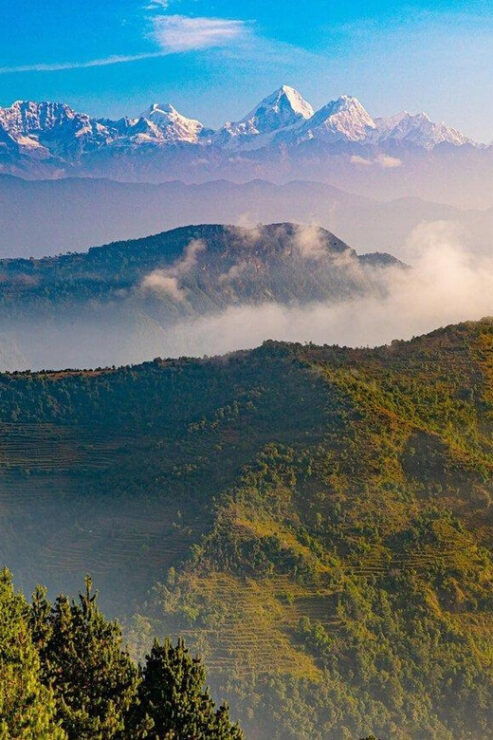
- The Kathmandu Valley Rim Trek offers stunning views of peaks like Everest and Annapurna while exploring lush landscapes and charming villages.
- Trekking from Sundarijal to Chisapani and Nagarkot includes opportunities to witness breathtaking sunrises and sunsets.
- The trek features a visit to the revered Namobuddha monastery, deepening understanding of Buddhist heritage.
- Essential packing includes warm clothing, sturdy trekking shoes, and a reusable water bottle for comfort and safety.
- Best trekking seasons are March-May and September-December, ideal for clear skies and vibrant scenery.
Trek Overview and Highlights
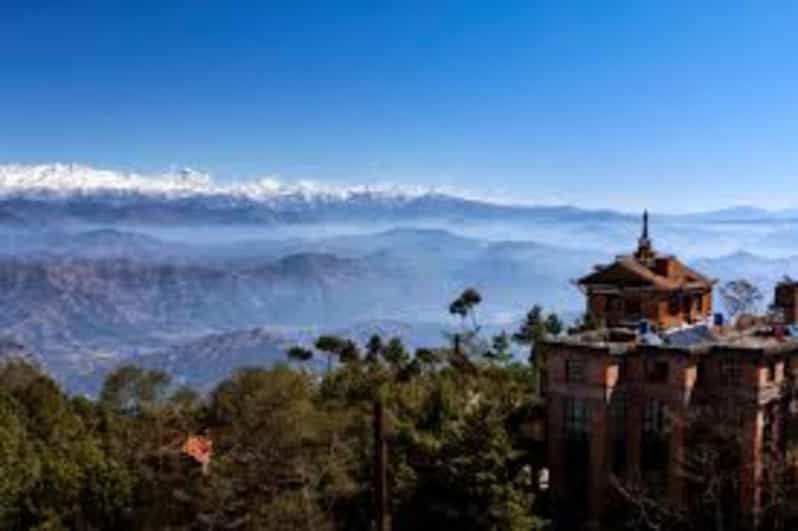
The Kathmandu Valley Rim Trek offers adventurers a captivating journey through the natural and cultural wonders of the region, showcasing breathtaking views of the Himalayas, including iconic peaks like Everest and Annapurna.
This five-day trek leads hikers through lush landscapes, charming villages, and historical sites, enriching their experience with the region’s vibrant culture.
Travelers can revel in stunning sunrise and sunset views from Nagarkot, creating unforgettable memories. A visit to the revered Namobuddha monastery deepens their understanding of Buddhist heritage.
Staying in local teahouses allows trekkers to savor authentic home-cooked meals, fostering connections with the warm-hearted locals.
With a knowledgeable guide leading the way, the trek promises an inspiring blend of adventure and culture.
Like hiking? Other Kathmandu walking trails we've reviewed
Detailed Itinerary
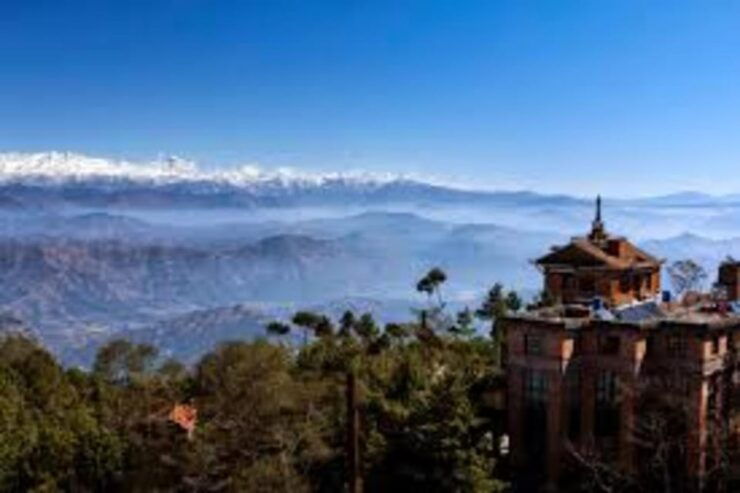
Embarking on the Kathmandu Valley Rim Trek reveals a carefully crafted itinerary that promises a blend of adventure, cultural exploration, and stunning natural beauty over five unforgettable days. Each day unfolds unique experiences, from the vibrant streets of Kathmandu to serene mountain vistas.
| Day | Activities |
|---|---|
| Day 1 | Arrival in Kathmandu; transfer to hotel |
| Day 2 | Drive to Sundarijal; trek to Chisapani; overnight stay |
| Day 3 | Trek from Chisapani to Nagarkot; enjoy sunset/sunrise |
| Day 4 | Early sunrise view; trek to Bhaktapur; return to Kathmandu |
| Day 5 | Transfer to Tribhuvan International Airport for departure |
This detailed itinerary invites adventurers to enjoy the breathtaking landscapes and rich cultural heritage of the Kathmandu Valley.
Inclusions and Exclusions
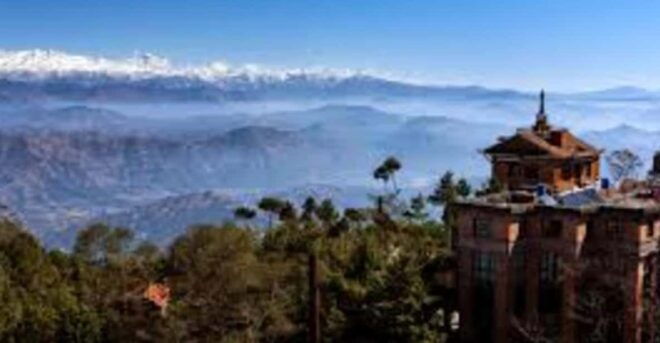
Travelers can expect a well-rounded experience with the Kathmandu Valley Rim Trek, which includes essential services and amenities designed to enhance their adventure.
The package covers hotel pickup and drop-off, two nights of accommodation during the trek, and breakfast meals while trekking. Participants benefit from all necessary ground transportation, permits, and taxes, along with a professional English-speaking guide and a first-aid kit carried by the guide.
Each pair of travelers is assigned one porter for their luggage. However, it’s important to note that lunch and dinner aren’t included, nor are drinks and personal expenses.
Plus, travel insurance and tips for the guide and porter are excluded, ensuring travelers remain aware of their financial commitments while planning.
Important Information
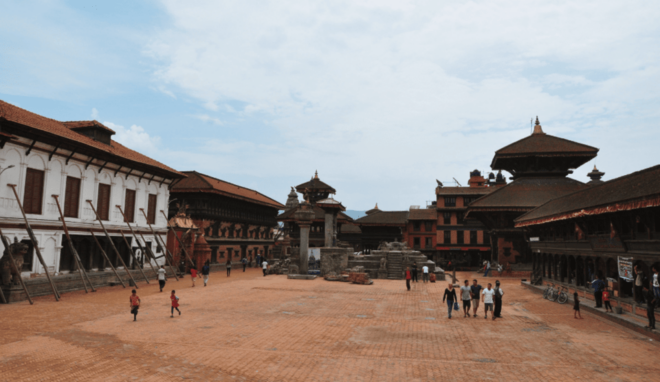
While planning their adventure, trekkers should be aware of important information that ensures a safe and enjoyable experience on the Kathmandu Valley Rim Trek. Safety is paramount, so it’s crucial to follow guidelines regarding health and gear.
| Requirements | Details |
|---|---|
| Not Suitable For | Pregnant women, mobility issues |
| What to Bring | Warm clothing, comfortable shoes |
| Prohibited Items | Weapons, drugs, smoking indoors |
| Personal Medications | Bring necessary medications |
| Best Seasons | March-May, September-December |
Understanding these key points helps trekkers prepare adequately for the trek, ensuring their journey through the stunning landscapes of the Kathmandu Valley is both safe and memorable.
More Great Tours NearbyPacking Essentials
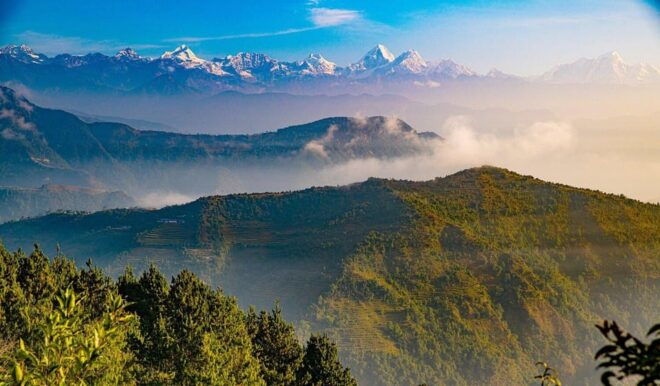
Packing for the Kathmandu Valley Rim Trek requires careful consideration to ensure comfort and safety amid the stunning landscapes and varying weather conditions.
Travelers should bring a sturdy pair of comfortable trekking shoes, ensuring good grip for the trails. Layering is key, so warm clothing and a windbreaker are essential for chilly mornings and evenings.
Don’t forget a hat, sunglasses, and sunscreen to protect against the sun’s glare. A reusable water bottle and rain gear are crucial, as weather can change unexpectedly.
Personal toiletries and medications should be included, along with a quick-dry towel and a change of clothes.
Lastly, carrying some cash for local purchases and tips adds convenience to the trekking experience.
Best Trekking Seasons
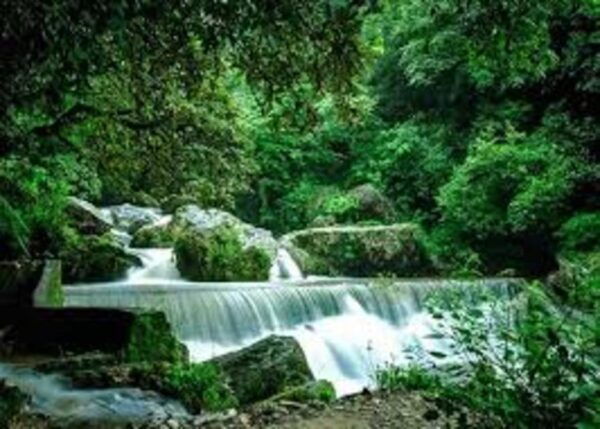
The best trekking seasons for the Kathmandu Valley Rim Trek typically fall between March and May, as well as from mid-June and September to December, when the weather is most favorable for exploration. During these months, trekkers enjoy clear skies, moderate temperatures, and stunning views of the majestic Himalayas.
| Season | Benefits | Ideal For |
|---|---|---|
| Spring (Mar-May) | Lush greenery and blooming flowers | Beginners and families |
| Monsoon (Mid-Jun) | Fewer crowds, vibrant landscapes | Adventurers seeking solitude |
| Autumn (Sept-Nov) | Crisp air and clear visibility | Photographers and nature lovers |
| Winter (Dec-Feb) | Scenic tranquility and snow-capped peaks | Experienced trekkers |
| Year-round | Cultural interactions and local experiences | All trekkers |
Choosing the right season can greatly enhance the trekking experience, making it memorable and enjoyable.
Cultural Experience and Interaction
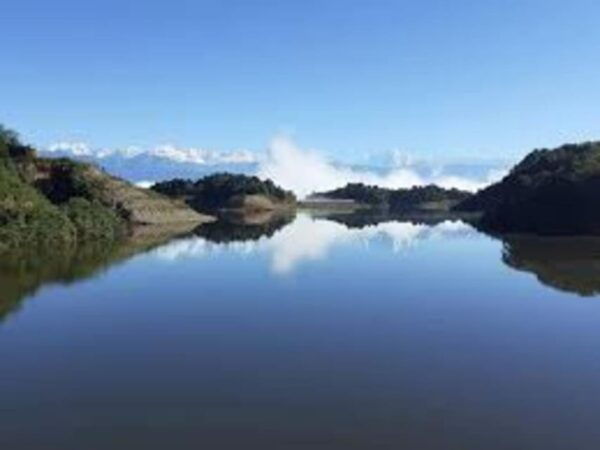
Experiencing the rich cultural tapestry of the Kathmandu Valley during the trek allows travelers to connect with local communities, savor authentic home-cooked meals, and gain insights into the traditions and daily lives of the region’s diverse ethnic groups.
As trekkers wind through charming villages, they’re welcomed by warm smiles and friendly waves. Engaging in conversations with locals reveals fascinating stories of their heritage, festivals, and daily routines.
Visitors often partake in traditional practices, enhancing their understanding of the area’s cultural significance. Staying in local teahouses not only offers comfort but also an opportunity to enjoy freshly prepared meals, showcasing the region’s culinary delights.
This immersive experience enriches the trek, creating lasting memories and deeper connections to the vibrant culture of the Kathmandu Valley.
Questions You May Have
What Level of Fitness Is Required for This Trek?
For this trek, participants need moderate fitness levels. They’ll enjoy daily walks through stunning landscapes, with some elevation gain. Regular walking practice helps prepare them, ensuring they fully appreciate the breathtaking views and cultural experiences.
Are There Any Age Restrictions for Participants?
The trek has age restrictions. It’s unsuitable for pregnant women, individuals over 95, and those with severe mobility impairments. Participants should be healthy enough to enjoy the experience without compromising their safety or comfort.
Can Dietary Restrictions Be Accommodated During the Trek?
The guide ensures dietary restrictions are accommodated during the trek. Travelers can communicate their needs in advance, allowing for tailored meal preparations that cater to various dietary preferences, ensuring everyone enjoys nutritious, satisfying meals throughout the journey.
Is There Mobile Network Coverage Along the Trek Route?
During the trek, there’s intermittent mobile network coverage, primarily in populated areas. Travelers should expect limited connectivity in remote sections, so it’s wise to inform friends and family beforehand about potential communication difficulties.
Are There Any Additional Activities Available in Kathmandu?
In Kathmandu, visitors can explore vibrant markets, visit ancient temples, and enjoy traditional cuisine. Cultural experiences like cooking classes and guided city tours add depth to their adventure, making the city an enriching destination beyond trekking.
Break Down
The Kathmandu Valley Rim Trek to Chisapani and Nagarkot promises an unforgettable journey through breathtaking landscapes and rich cultural heritage.
As trekkers soak in the stunning views and vibrant local life, they forge lasting memories of sunrises over the Himalayas and serene village encounters.
This adventure not only showcases nature’s splendor but also offers a unique glimpse into the traditions and warmth of the Nepali people, making it a must-do for any traveler seeking both beauty and authenticity.
You can check availability for your dates here: More Great Tours NearbyMore Hiking Tours in Kathmandu
More Tour Reviews in Kathmandu
Looking for something different? Other Kathmandu activities we've written about
- 14 Best Shopping Tours In Kathmandu
- 25 Best Workshops And Classes In Kathmandu
- 18 Best Spa And Hot Springs Experiences In Kathmandu
- 20 Best Historical Tours In Kathmandu
- 15 Best Massage And Relaxation Services In Kathmandu
- 20 Best Helicopter Flights And Tours In Kathmandu
- 20 Best 3 Day Tours In Kathmandu
- 20 Best 4 Day Tours In Kathmandu
- 20 Best Private Driver Services In Kathmandu
- 20 Best Full-Day Tours In Kathmandu
- 25 Best Safari Tours In Kathmandu
- 4 Best Photography Experiences In Kathmandu
